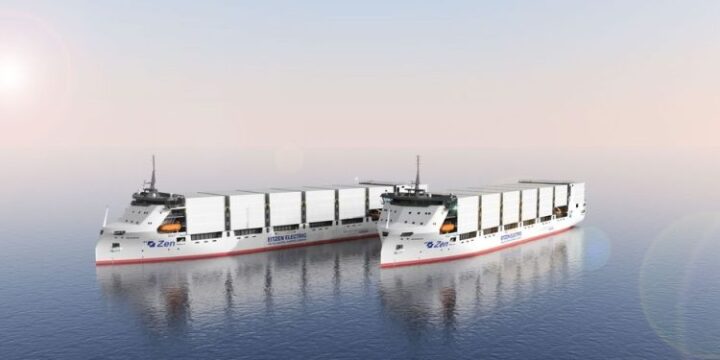June 16, 2025

According to UK P&I Club, as countries intensify their decarbonisation efforts to meet net-zero targets, the maritime transport of carbon dioxide (CO₂) particularly in its liquid form (LCO₂) has emerged as a key enabler of large-scale carbon capture and storage (CCS) infrastructure.
According to Ansuman Ghosh, Director of Risk Assessment (Singapore), UK P&I Club, while pipelines have traditionally been the primary mode of CO₂ transport, the growing need for flexible and cost-effective solutions to move CO₂ from industrial emitters to offshore sequestration sites is making seaborne options increasingly attractive. This shift is driving the development of a promising LCO₂ shipping market, expected to grow steadily through at least 2050.
In response, several shipowners are investing in multi-purpose vessels designed to carry low-temperature, low-pressure cargoes, not only CO₂, but also potentially ammonia and liquefied petroleum gas (LPG). This trend marks a significant evolution in the CCS landscape, offering enhanced scalability and versatility for CO₂ logistics.
Operational and technical challenges
Operationally, the LCO₂ trade is constrained by its unique thermodynamic characteristics. Liquid CO₂ must be maintained at a narrow band of temperature and pressure (away from its triple point at -56.6°C and 5.1 bar) to remain stable. Deviations can cause phase changes that result in dry ice formation, tank overpressure, or delays in transfer operations.
Key technical constraints in LCO₂ shipping include several interrelated challenges. Tank design and insulation are critical, as off-spec cargo or temperature fluctuations can lead to corrosion or pressure spikes within the containment system, making it essential for contracts to clearly allocate liability for any resulting damage.
Additionally, port and ship-to-ship (STS) infrastructure remains limited, with few facilities currently equipped to handle the specialised loading and unloading requirements of liquid CO₂, necessitating further investment. In terms of scale and capacity, most LCO₂ carriers today range from 1,000 to 7,500 cubic meters, though larger vessels of up to 22,000 cbm are on order; however, the viability of such vessels for long-haul transport has yet to be proven.
Finally, safety is a significant concern, LCO₂ leaks can cause cold burns, rapid asphyxiation, and environmental harm, underscoring the need for robust emergency protocols integrated into both operational procedures and contractual agreements.
Best practices and industry collaboration
Given the infancy of the LCO₂ shipping sector, collaboration among stakeholders and proactive risk management are essential to building a stable and scalable market.
Best practices emerging from early adopters include requiring lab certified documentation to verify CO₂ purity and defining acceptable thermodynamic ranges within contracts to prevent cargo instability.
Real-time monitoring of cargo conditions during transit is also on the cards to help identify and resolve issues before they escalate into disputes. In addition, involving classification societies during contract drafting can help ensure that technical standards are met, while early engagement with P&I Clubs enables shipowners to structure appropriate indemnity coverage, particularly for liabilities.
Ultimately, as regulations mature and technology advances, the success of LCO₂ shipping will depend on establishing harmonised standards, balanced charter party terms, and a clear understanding of the legal and operational risks associated with cross-border CO₂ transport.

